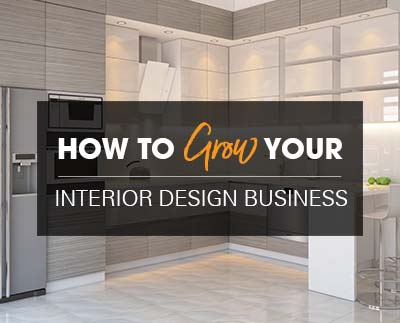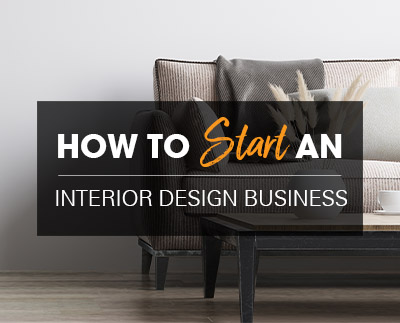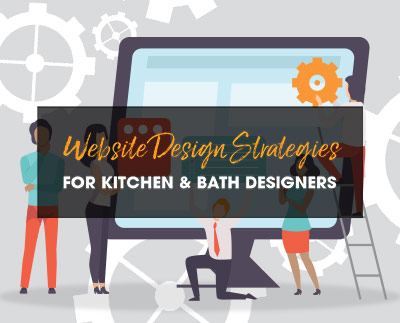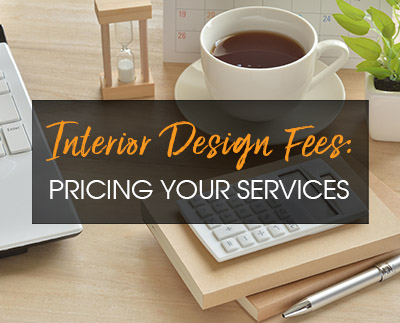
Interior design isn’t only about decorating a space. It’s about creating an environment that aligns with your client’s wants and needs, all while ensuring functionality, harmony, and beauty.
In order to achieve a look and feel that will make the space you design a joy to live in, all while making sure your client isn’t overwhelmed and frustrated in the process, you need a specific set of interior design skills.
Being an interior designer requires constant multitasking. You’re expected to juggle ten different things at any given time, all at once, for each client. And you have to keep track of it all while keeping your clients in the loop and working your creative magic.
In this post, we’ll discuss the top 10 interior design skills that will help you run a successful business, from basic design knowledge to organizational skills to budgeting to advanced design software.
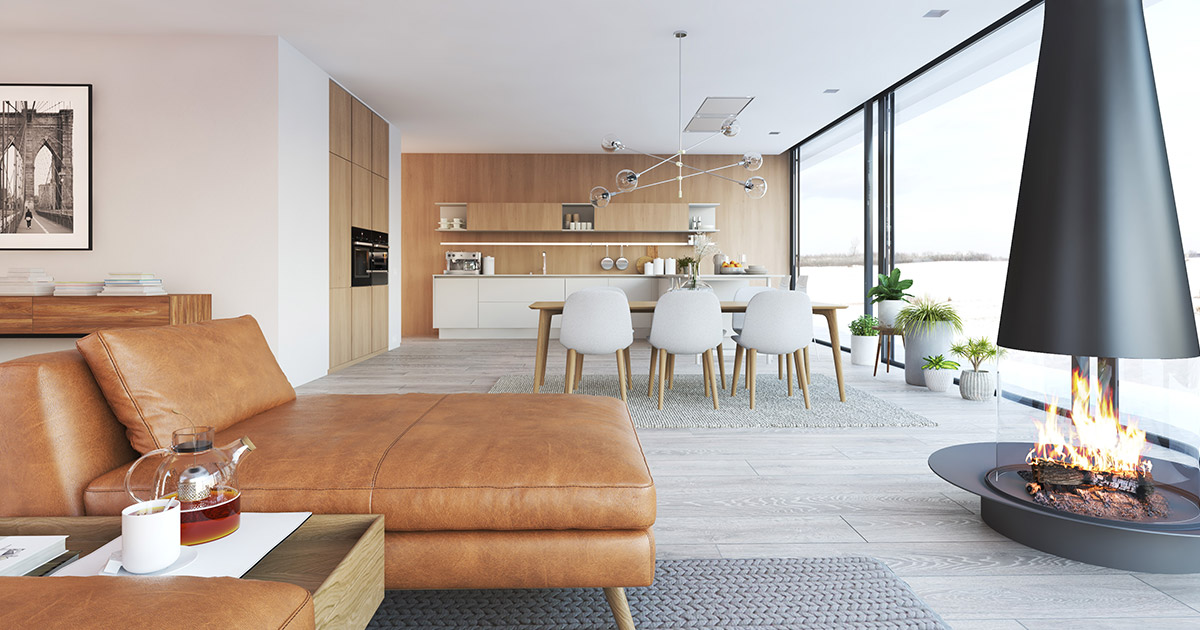
Design history
First things first, you should brush up on your interior design history.
What were dwellings like 1000 years ago? What design and architectural styles did the ancient Greeks, Egyptians and Romans invent? What traits define the Victorian, Rococo, Post-Modern, Art Deco, and Gothic styles?
You don’t need to learn these by heart, but it’s important to know the origins and history of modern-day design. It reflects humanity’s traditions and customs, and it helps contextualize interior design.
And let’s face it - your clients will be impressed with your knowledge. Throw in a little historical anecdote about their design style and they’ll be ready to sign your contract in no time (well, one can only hope).
Design trends
Keeping up with interior design trends is a must in this field of work.
Clients will often base their style on recent trends they’ve seen online or in recently published magazines, and they’ll expect you to know what is trending so you can design a contemporary space that is fresh and beautiful.
However, you’ll also have to manage your client’s expectations and explain that what is ultra-trendy now might not be the case three years from now. But you can certainly draw inspiration from new design trends to create a cohesive and enduring space.
Creativity
One of the most defining interior design skills you need is creativity. This is not something you can necessarily learn – but if you’re considering a career in this field, chances are you’re already equipped.
Not only will you be expected to use your creativity to design aesthetic spaces, you’ll also need it to problem-solve by coming up with creative solutions. For example, if your client requires a home office, baby room, overnight guest room, and a yoga corner, but lives in a two-bedroom bungalow with limited square footage, you’ll have to get your creative juices going to come up with a functional plan.
Spatial awareness
Whether you’re asked to design an empty space or an already-furnished space with lots of existing clutter, you need to be able to see the potential a space has. In other words, you have to be able to look ahead, beyond what you see in front of you.
Spatial awareness is a vital interior design skill, but you’re not expected to have everything figured out after one look at your client’s home. Just an idea of what you can do to optimize and beautify the space is enough, and pitching some ideas during your consultation will help give your client the confidence to hire you.
Harmony & balance
Harmony and balance is the name of the game when it comes to interior design.
A designers’ ability to arrange furniture, choose paint colors, select proper lighting, and add decorative touches in a harmonious and balanced manner is what sets apart a professionally designed home from one that is not.
To achieve harmony and balance, you need repetition of design elements throughout a space. If you’re only designing one room, you have to think of the house as a whole. The room should have a common theme with the rest of the home so that the flow is not disrupted. This does not mean all areas and rooms should look exactly the same, but certain elements must unite all the spaces for a cohesive whole.
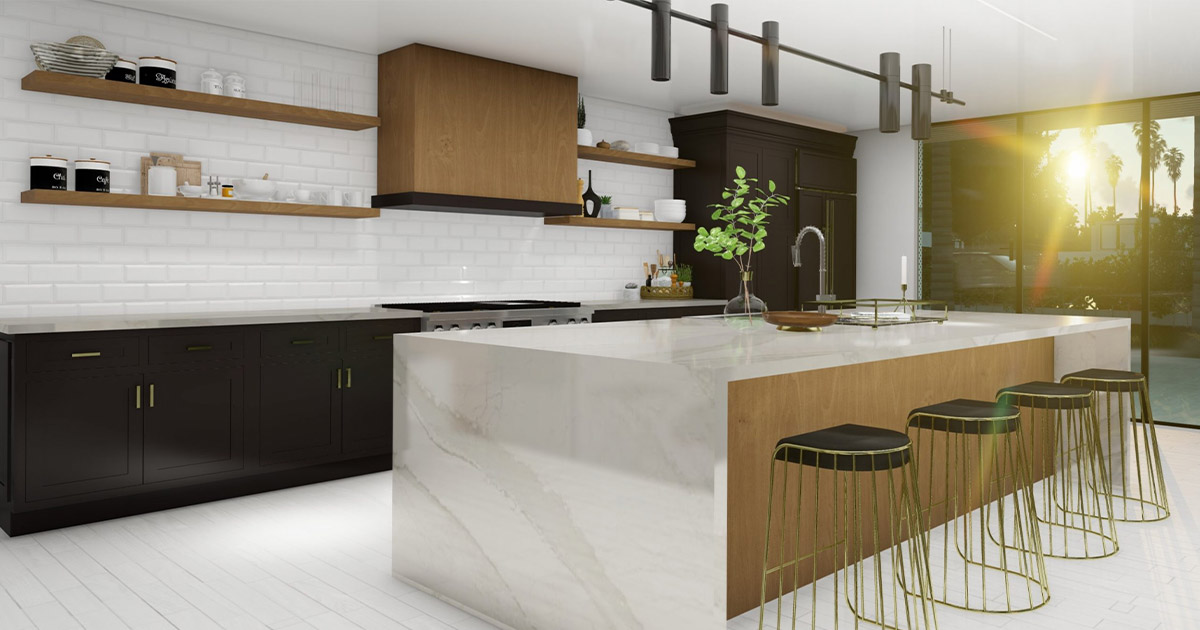
Functionality
While creativity and an excellent sense of what will make a space beautiful are essential interior design skills, they must be coupled with a keen sense of functionality.
A home cannot only be aesthetically pleasing. After all, a home is not a museum or an art gallery. There are real people with real needs who live in the spaces you are designing. You must be able to listen to your clients’ needs and find a way to marry form and function.
A couple with two young children will have vastly different needs than a bachelor living in the heart of the city. You have to be sensitive to those needs and make sure each client feels comfortable in their newly designed homes.
Communication
You’ll be communicating with your clients, contractors and vendors constantly. Whether it’s the initial consultation, follow-up questions, updates, back-and-forth emails, scheduling, negotiations, presentations – you name it, you’ll have to do it.
Your ability to communicate clearly is an absolute must, otherwise things will fall through the cracks, and before you know it, you’ll have a disaster on your hands. If there’s something that doesn’t quite make sense or there is something you think might have been misunderstood, make it a point to bring it up immediately to minimize mistakes.
Professional interior design software
Technology is a major component of interior design, especially in the post-pandemic era. If you want to survive in this competitive market, you have no choice but to learn how to use professional interior design software.
Clients expect you to show them 3D renderings of their space, and these are reasonable expectations since the technology is readily available. Many professional-grade design software even offer courses you can take to accelerate the learning process, so you can be up and running in no time.
Organization
It goes without saying that organization is an interior design skill you cannot do without. If you’re not organized, you’ll lose track of important information very quickly, which can result in major design mistakes, costing you time and money.
Investing in a task management software like Asana or Monday.com, or a business process management solution that integrates with your design software, is a great way to keep all your tasks organized, especially if you work with a team of people. Remember, the organization is the key to a smooth and successful interior design project.
Budget management
Interior design and budget management go hand in hand, especially if you’re not exclusively dealing with luxury clientele. Your clients are looking to save money, no matter the size of the project.
You’ll have to paint a realistic picture for them, discussing what is in the realm of possibility and what their budget simply cannot afford. Budget management is an interior design skill that you can acquire over time, with experience, so don’t fret if you haven’t got this one in the bag just yet.
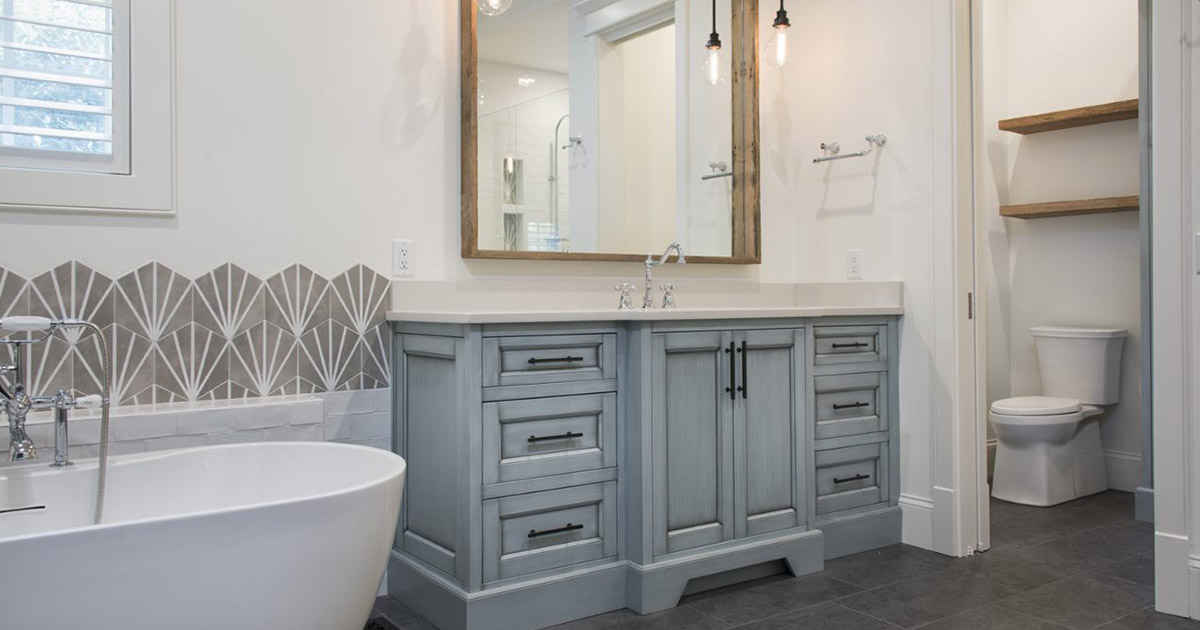
Now that you know what the most essential interior design skills are, you can feel confident that you’ve got what it takes to help your business succeed.
The more skills you learn along the way, the better designer you’ll be, so don’t be afraid to keep up to date with industry news and trends, and take courses online that sound interesting to you.
Want more content?
HOW TO GROW YOUR INTERIOR DESIGN BUSINESS
This eBook covers the most effective ways to grow your interior design business, including setting your rate, managing finances, design training, marketing, and more.
Related posts
Share this Post


